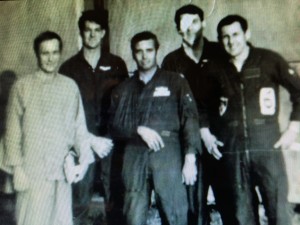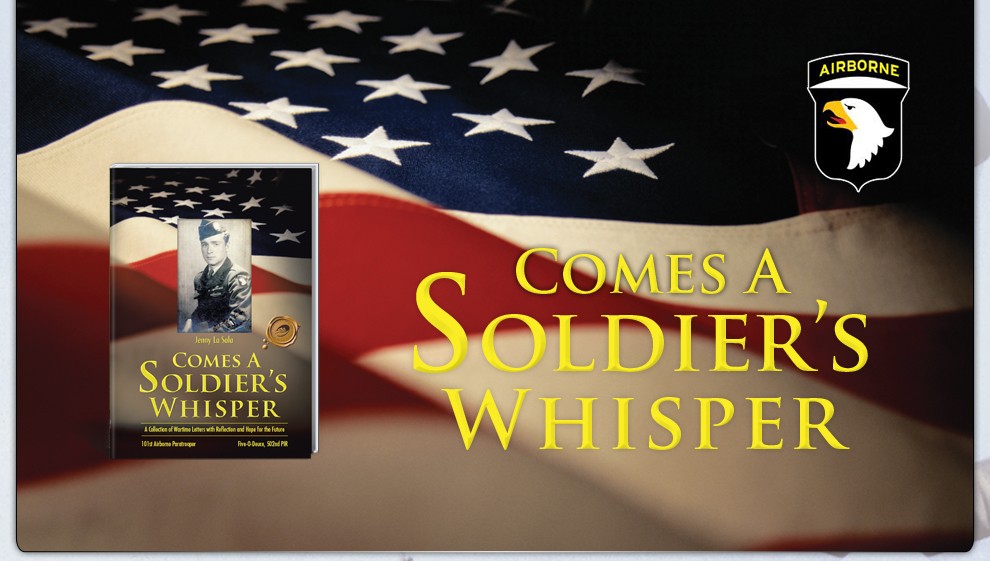



“I saw the launch-flash of the SAMs,” Bill Milcarek said. “I watched from the time they left the ground all the way to impact with our aircraft.”
On the night of December 27, 1972, he took off with his aircraft commander and crew from Andersen AFB in Guam to bomb a railyard outside Hanoi. Once over North Vietnam, the B-52 weathered near-constant surface-to-air missile attacks. Milcarek saw the launch-flashes of at least a hundred SAMs leave the ground, some fifteen of which came as close as two hundred feet to his aircraft. Their B-52 aircraft, call sign “Ruby Two,” took off from Utapao on the night of January 3, 1973. The mission: Hit a truck depot near the coastal city of Vinh. The armada of B-52 bombers flew the most devastating aerial combat operation since the Second World War—Operation Linebacker II. The first two SAMs narrowly missed. Ruby Two was now ten seconds from the target. As the B-52 released its payload, it was rocked by a shattering explosion.
Milcarek said there was no chaos after impact. “Everyone sounded calm. The benefit of all that training: We knew our processes, and we moved through them.” That training and reliance on mental checklists is also an antidote to fear, Milcarek said. “I was too concerned about procedures to have time to be scared.” The impact had crazed the cockpit windscreen, and the pilot handed control of the aircraft to Milcarek. “I had to fly visual formation because we had no flight instruments,” he said. “We only changed the radio frequency once for fear of causing an explosion from the fuel fumes emanating from the lower deck.”
“Only two or three engine throttles remained connected,” Milcarek said. “All the others were severed. I was still flying the aircraft when we leveled out at 12,000 feet—bail-out altitude. I noticed the aircraft controls felt mushy, meaning we were nearing a stall. So I pushed up on all throttles and locked them in position and forgot about them.” Bail-out, or “punch-out,” was imminent. But the disabled B-52 was traveling too fast. Ejection at airspeeds greater than 400 knots could be fatal, but slowing to an air speed safe for bail-out might mean losing control of the aircraft.
The crew ejected, each in turn rocketing out into the cold night air. “We were all injured in various ways,” Milcarek said. “Some of us with fractured visors, all of us having neck strains or other injuries, and huge bruises between our thighs from the lanyard pull with the sudden and violent opening of our chutes.”
Milcarek parachuted down in total darkness and deep quiet. “I didn’t know if I was blind or not. My visor was shattered. My face was covered with blood. I had blood in my eyes. I felt around, and it seemed like everything was in its place. Then I saw our B-52 explode in a massive fireball when it hit the water.” Then the sound of waves and wind, and Milcarek was in the water. A small observation plane spotted him bobbing in the fifteen-foot waves. But it would be four hours, well into the cold, hazy daybreak of January 4, 1973, before he and most of the crew were rescued by a chopper out of Da Nang.
The men, bruised, bloody, waterlogged, and exhausted, were reunited at the hospital at Da Nang. Except, that is, for navigator Myles McTernan, affectionately known as “Mush.” “We were pretty solemn, thinking we’d lost Mush,” Milcarek said. There was a rush of relief when, several hours later, McTernan walked in. His ejection seat had failed, so he extricated himself and jumped through the hole left by another crewmember’s ejection seat. McTernan went out a few minutes after the rest of the crew—enough time to separate him from the group in the water. In a stroke of good fortune, a patrol boat spotted him.
Not long after the events of January 3-4, the Strategic Air Command decided it was behind in upgrading a certain co-pilot. “Since I was the only B-52D co-pilot in SAC at the time, I was selected to enter the upgrade program,” Milcarek said. “After three months recovering from a bail-out neck injury and three months training in Thailand, I became the youngest aircraft commander in SAC.” Bill Milcarek retired from the Reserves as a Lt. Col. He has worked in aviation-related pursuits over the years, as well as in private security. He now lives in Manhattan, where he remains very involved in veterans affairs.
Jim Markson, a Vietnam Veteran and co-author of Vietnam And Beyond, met with Bill Milcarek at his quarterly luncheons for veterans from all branches of the service on December 4, 2014.
Comes A Soldier’s Whisper, remembering history and our veterans one day at a time…
www.VietnamAndBeyond.com
Crew pictured from left to right:
Roger Klingbeil
Bill Milcarek
Gerry Wickline (arm in sling)
Bill Fergason (eye patch)
Chuck Kilgore.
Not pictured is Myles McTurnan – who had not been discharged from the hospital
Text Portion: Article by Richard Currey, The VVA Veteran Online




